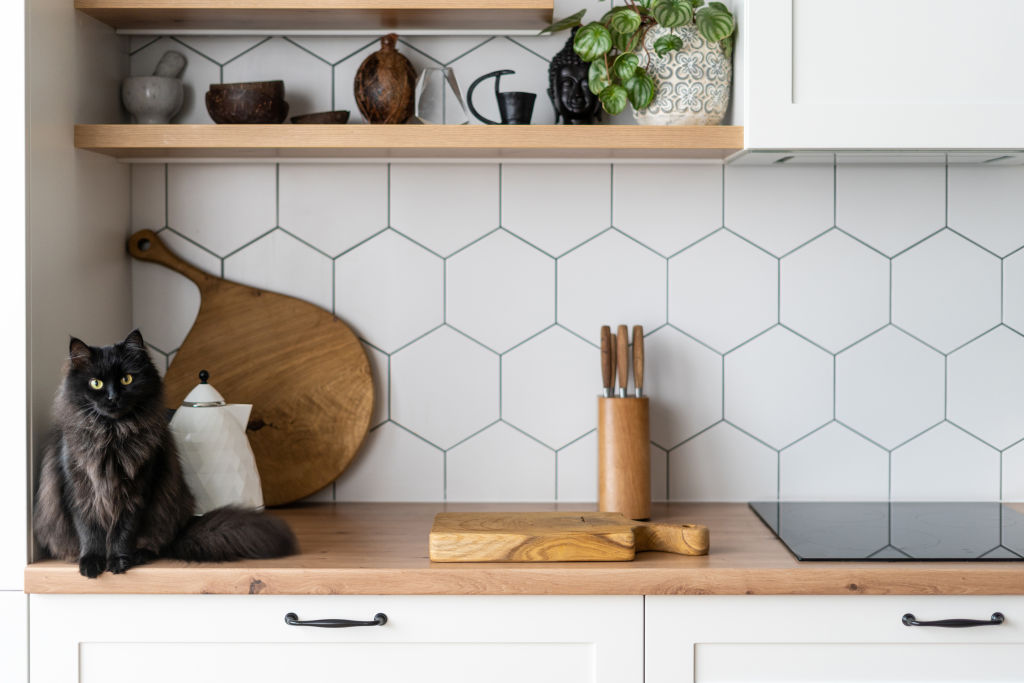Should you allow pets in your investment property?

Many investors have faced this furry dilemma, should you allow pets into your investment property? If not, you might be missing out on revenue and excellent tenants. A long with the plague of COVID-19 came a veritable pet pandemic, with households adopting an estimated 1 million extra dogs, cats, reptiles and fish for coronavirus company.
For investors, that’s brought a whole new urgency to the question of whether or not they should allow tenants to keep animals in their houses and apartments.
Some worry that the size of pets might be inappropriate for the property, that dogs or cats might cause damage to fixtures and fittings, or that subsequent renters might object to a home that had previously been a fur-pad.
“Allowing pets to live in investment properties is a huge advantage for investors because often pet owners are looking for longer lease options,” says Nadia Crighton, spokesperson of Pet Insurance Australia.

“There is also a security benefit as they tend to spend much more time at home, and dogs can deter criminal behaviours around your property.
“You’ll also get many more candidates for your property,” she adds. “Australia has one of the highest pet populations in the world with over 30.4 million pets – 6.3 million dogs and around 4.9 million cats – that’s a lot of people … to exclude from your potential rental pool.”
According to Animal Medicines Australia, three in five households, or 5.9 million, have a pet, while a massive 67 per cent of the Australian population own a cat or a dog.
Many apartment buildings are now transitioning to becoming pet-friendly, says Tim Mumford, a partner in Sydney agency Stone Real Estate Manly, so it can be harder for an investor to refuse animals.
“In addition, the difference between the rent for a house or apartment that allows pets as against one that doesn’t permit them can be around 10 per cent,” Mumford says. “That’s a significant amount of money.
“It’s more important to carefully examine the history of a tenant and whether they pay their rent on time, and how well they’ve looked after other properties in the past.

“Some people with pets, we’ve found, make better tenants than those without.”
It’s always good in any case to take out landlord insurance – and some policies include insurance against pet damage, says Laura Moody, head of learning and development at Melbourne Real Estate.
“There are a lot more pets around since COVID, and there hasn’t been a rise in the number of insurance claims for damage done by pets at all,” she says. “We just find there’s always a lot more applications to rent when a property is advertised as being pet-friendly.
“And the difference in the time it takes to tenant a property can be three to four weeks.”
Crighton also suggests investors ask for a pet resume and even pet references to check that they’re well-mannered and behaved. “Or build clauses into the rental agreement such as cleaning carpets when they leave,” she says.
“With the lack of pet-friendly rentals, many desperate pet owners lie about their beloved companion animals, too, so it’s better to have transparency and know what’s happening.”
We recommend
We thought you might like
States
Capital Cities
Capital Cities - Rentals
Popular Areas
Allhomes
More










